Tech
iPhone 17 vs Samsung Galaxy S25 Edge Which Flagship Will Rule 2025
With Apple betting on sleek design and faster charging and Samsung pushing AI and display power, here’s how these two titans stack up.

The iPhone 17 and Samsung Galaxy S25 Edge are shaping up to be the most talked-about smartphone flagships of 2025, and for good reason. Apple and Samsung continue to push the boundaries of innovation, but their approaches this year couldn’t be more different. Whether you’re loyal to iOS or tempted by Android, this face-off offers everything from design elegance to raw AI performance—and deciding between them might not be easy.
Let’s start with design. The iPhone 17, particularly the Air variant, is expected to debut an ultra-slim, lightweight chassis, potentially the thinnest iPhone yet. Meanwhile, the Galaxy S25 Edge is going bolder with a refined curved-edge display and a more futuristic form factor, featuring reduced bezels and a titanium-glass composite body. If you’re into sleek minimalism, Apple takes the edge. If you’re into visual impact and ergonomics, Samsung holds strong.
In terms of display technology, iPhone 17 vs Samsung Galaxy S25 Edge Which Flagship Will Rule 2025keeps its lead. The S25 Edge is rumored to feature a 6.9-inch QHD+ AMOLED panel with a 144Hz refresh rate, AI-adaptive brightness, and next-gen Eye Comfort Shield. Apple’s iPhone 17 will stick with its signature Super Retina XDR OLED display, but it’s rumored to finally adopt LTPO tech across the lineup, enabling smoother refresh rates and better battery efficiency.
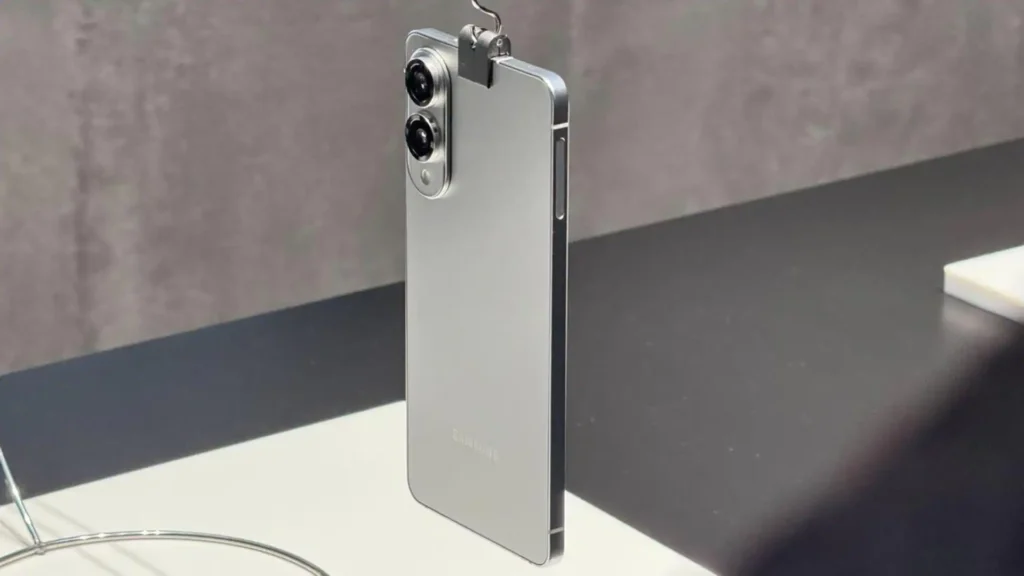
When it comes to performance, the Galaxy S25 Edge will be powered by the Snapdragon 8 Gen 4 globally—a chip packed with enhanced AI capabilities and real-time language translation features. Apple, on the other hand, is expected to equip the iPhone 17 Air with the A18 chip, a slightly upgraded version of the A17 Pro, and reserve the A19 chip for the Pro models. While Apple will still offer buttery-smooth performance and deep integration with iOS, Samsung’s edge in AI-driven multitasking and productivity tools could be a deciding factor for power users.
Camera systems remain a close fight. The S25 Edge is rumored to feature a 200MP main sensor with improved night mode and 8K recording, while the iPhone 17 may retain a 48MP primary lens with computational enhancements. Apple continues to lead in color accuracy and natural processing, whereas Samsung wins with detail and optical versatility.

Where Apple may catch Samsung off guard is in charging speeds. Thanks to the rumored Qi 2.2-enabled MagSafe chargers, the iPhone 17 could support up to 50W wireless charging, rivaling or even surpassing Samsung’s current 45W wired charging. If true, Apple’s decision to boost wireless and USB-C speeds could eliminate one of the last advantages Android had over iPhones.
Both phones will come with flagship pricing, but Samsung is expected to offer more RAM and storage options even at the base level. Apple’s tightly controlled hardware-to-software ecosystem will continue to appeal to long-time iOS users, while Samsung’s flexibility, customizations, and AI-driven experience make it irresistible for Android fans.
Apple
iPhone 17 Air Could Charge at Blazing Fast Speeds with 50W Wireless Upgrade
Leaked MagSafe chargers hint at Apple’s biggest wireless charging boost ever, thanks to the new Qi 2.2 standard.

Apple’s iPhone 17 lineup is shaping up to bring one of the most exciting upgrades in recent memory—not through flashy design changes, but through blazing fast wireless charging. According to recent leaks from 91mobiles and regulatory filings in Taiwan, Apple could be ready to roll out 50W wireless charging support via its next-gen MagSafe chargers powered by the Qi 2.2 standard.
That’s right—while the ultra-slim iPhone 17 Air is expected to have a thinner battery (which usually means more frequent charging), Apple seems to be solving that problem in the most Apple way possible: by dramatically speeding up MagSafe charging.
The leaks point to two upcoming MagSafe models, reportedly labeled A3502 and A3503, submitted to Taiwan’s NCC regulatory body. Though the puck-style design remains familiar, these chargers will reportedly be capable of delivering up to 45W of wireless power, a giant leap from the 15W limit on current Qi 2.0 devices, and even beyond the 30W ceiling seen in the iPhone 16 series.
The real game-changer here is the Qi 2.2 standard, which promises not just higher wattage, but also improved efficiency, better magnetic alignment, and enhanced backward compatibility. That means faster charging for newer models like the iPhone 17 Air, without sacrificing support for older MagSafe-compatible devices.
Now, will Apple actually allow the full 50W wireless experience? That remains to be seen. The Cupertino giant has a history of keeping power under tight control, often capping performance to maintain battery health. Still, if the iPhone 17 Air even hits 40W–45W wirelessly, it would bring Apple neck-and-neck with Android flagships that have long dominated the fast-charging space.
Even more exciting, if Apple boosts wireless speeds, it’s likely we’ll see a similar USB-C charging bump—a huge win for power users and those constantly on the go.
All signs point to Apple saving this MagSafe surprise for the official iPhone 17 reveal later this year, possibly alongside other hardware announcements. If true, the iPhone 17 Air could become the most convenient iPhone ever for battery-conscious users, combining sleek portability with charging speeds once thought impossible on an Apple device.
AI
Top 5 Mind Blowing Features of ChatGPT You’re Probably Not Using Yet
From writing your code to remembering your favorite coffee order, ChatGPT’s latest features are redefining what it means to have an AI assistant.

In the ever-evolving world of AI, ChatGPT by OpenAI remains one of the most powerful and accessible tools available to users across the globe. But beyond just answering questions or writing essays, ChatGPT is now packed with features that many users haven’t even discovered yet. Whether you’re a student, entrepreneur, coder, or content creator, these top 5 features of ChatGPT in 2025 are total game changers.
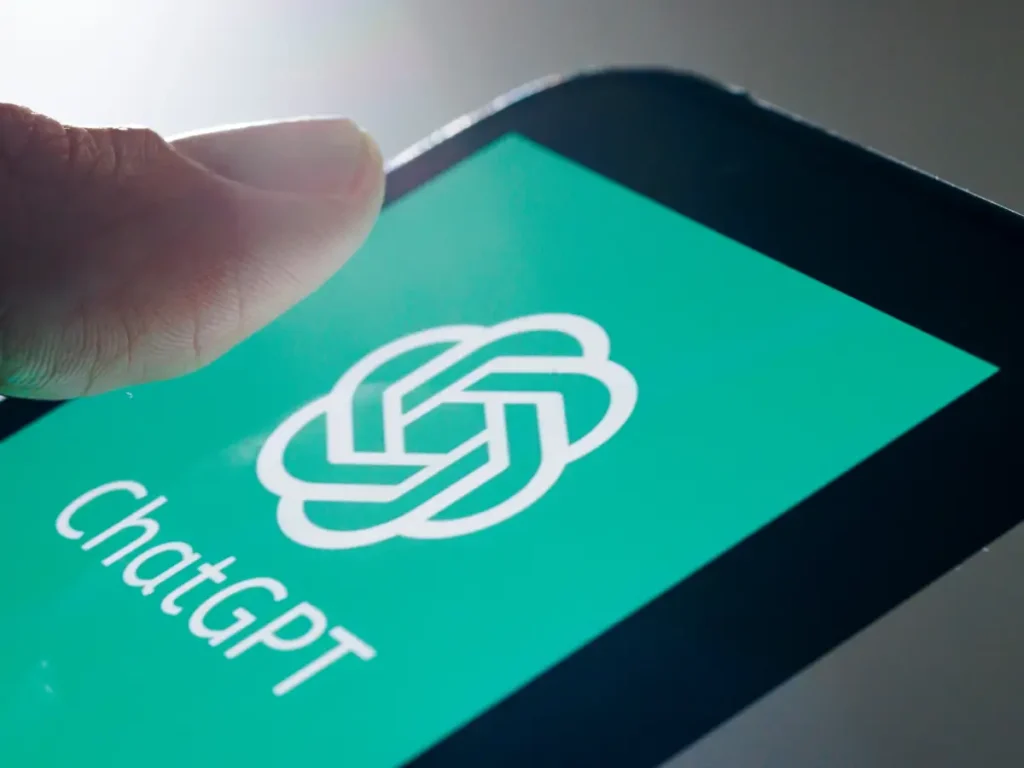
1. Memory That Remembers You
One of the most revolutionary updates to ChatGPT is its Memory feature—available to ChatGPT Plus users. This allows the AI to remember facts about you, your preferences, and past conversations. Whether it’s your writing tone, favorite tools, or the fact that you hate semicolons in your code, ChatGPT tailors responses to your style over time.
You can manage memory easily and even wipe it clean if you want a fresh start. Think of it as a personal AI that grows smarter the more you use it.
2. Advanced Data Analysis and File Uploads
ChatGPT now lets you upload documents, spreadsheets, and PDFs, and it can analyze data, extract insights, create summaries, and generate charts in seconds.
Whether you’re a student reviewing a research paper, a marketer analyzing campaign data, or a founder preparing reports, this feature makes handling complex files effortless.
3. Custom GPTs for Anything You Imagine
With the introduction of Custom GPTs, OpenAI now allows users to build their own version of ChatGPT—no coding required. You can fine-tune behavior, add custom instructions, or even integrate third-party APIs to make it act like a travel planner, writing coach, or coding mentor.
There’s also a public Explore GPTs store where users can browse community-created GPTs and use them instantly. This opens a world of possibilities where everyone can create their own AI assistant.
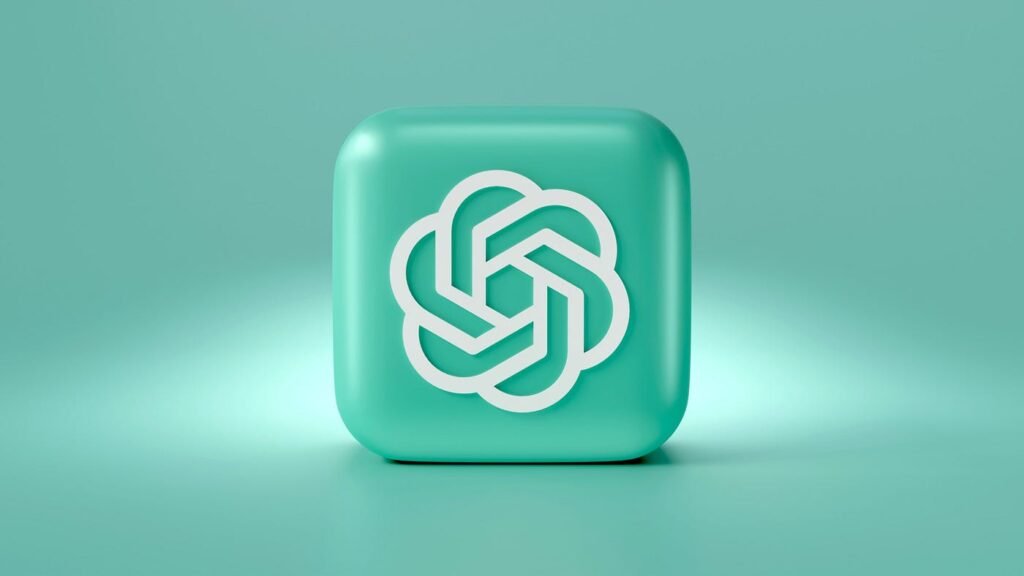
4. Deep Web Browsing Capability
Unlike older versions, ChatGPT Plus now comes equipped with web browsing capabilities. This means the AI can search the internet in real time, provide up-to-date information, and cite sources for its findings. It’s ideal for news, research, product comparisons, or anything that goes beyond its knowledge cut-off.
No more worrying about outdated info—ChatGPT is now as current as your browser tab.
5. Code Interpreter aka Python Sandbox (a.k.a. “Advanced Tools”)
ChatGPT’s built-in code interpreter—also known as Python sandbox or Advanced Data Analysis (ADA)—is a hidden gem. It can run calculations, generate plots, clean datasets, and even write complex functions live within your conversation.
It’s especially loved by data scientists and engineers, but even non-coders can use it to automate tasks or visualize data with just a simple prompt.

Final Thoughts
In 2025, ChatGPT is no longer just a chatbot—it’s a versatile AI platform designed to make your life smarter, faster, and more efficient. From personalized memory and coding tools to web browsing and custom AI assistants, these features are only scratching the surface of what’s possible.
Whether you’re using ChatGPT for work, study, or just curiosity, these five features will help you unlock its full potential—and maybe even replace a few apps on your device along the way.
AI
ChatGPT vs Claude AI Which One Understands You Better in 2025
With OpenAI’s ChatGPT and Anthropic’s Claude AI going head-to-head, users are asking: which AI actually listens, learns, and responds more like a human?

As artificial intelligence becomes a daily tool for millions—whether it’s for writing emails, coding, customer service, or casual conversation—the debate has never been hotter: ChatGPT or Claude AI? In 2025, both OpenAI and Anthropic have launched powerful upgrades, but the real question for users remains: which AI understands you better?

1. Origins and Philosophy
ChatGPT, built by OpenAI, stems from the now-famous GPT (Generative Pre-trained Transformer) architecture. It’s designed to be conversational, creative, and versatile, and is the AI behind Microsoft’s Copilot in Word, Excel, and Bing. It pulls from a massive dataset and has been refined through Reinforcement Learning from Human Feedback (RLHF) to give detailed, human-like answers.
Claude AI, developed by Anthropic, is the brainchild of former OpenAI researchers like Dario Amodei. Claude is trained using a different method called Constitutional AI, which aims to align responses with ethical principles and promote safe, steerable, and user-friendly behavior. The goal? Create an AI that’s less likely to hallucinate or give unsafe responses—even under pressure.
2. Understanding Context and Instructions
When it comes to understanding complex prompts, ChatGPT-4-turbo remains a favorite. It can process large chunks of information, summarize long texts, and maintain coherent, multi-turn conversations. It’s particularly adept at handling creative writing, logic-based tasks, and adjusting tone on command.
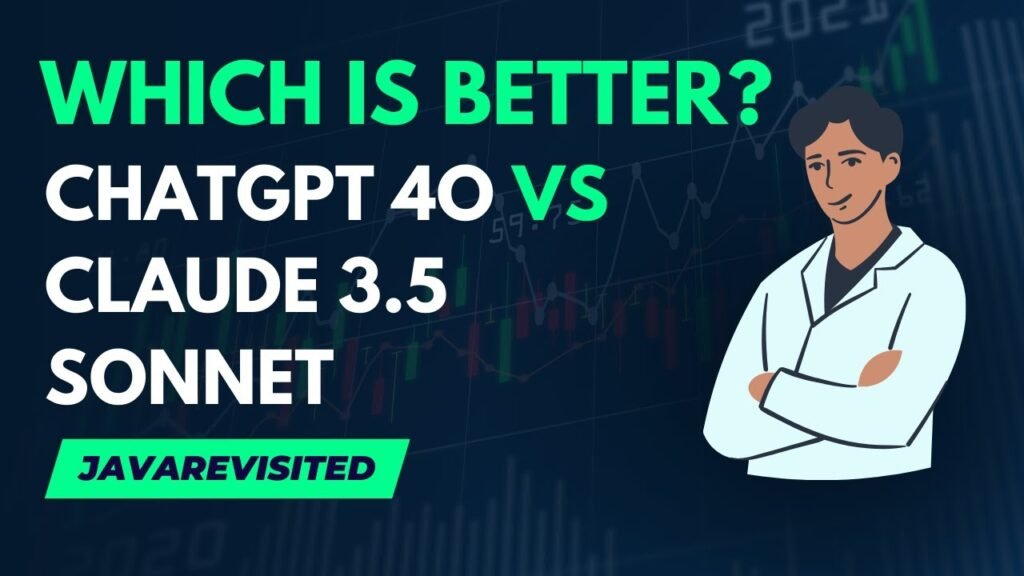
However, Claude 3.5 Sonnet has caught up fast. Many developers report that Claude excels in nuanced comprehension—especially when instructions involve emotional tone, safety, or ethical considerations. Claude is more likely to ask clarifying questions, while ChatGPT often “fills in the blanks” confidently, even if not always accurately.
Verdict: If you want clarity, safety, and a second opinion before jumping to conclusions, Claude may understand intent better. If you want fast, creative answers with style, ChatGPT leads.
3. Coding and Technical Tasks
This one’s tight. ChatGPT, integrated with GitHub Copilot, has long been a coder’s assistant of choice. It writes, debugs, and refactors code in seconds. It also supports a wide range of plugins and can even run code internally for more dynamic answers.

But Claude has surged in popularity among developers using tools like Cursor and Windsurf. With Claude Code, Anthropic’s agentic coding platform, Claude now performs exceptionally well in understanding developer intent, especially for large projects or long prompts. Its safety mechanisms also reduce the chances of generating insecure or buggy code.
Verdict: ChatGPT remains slightly ahead on real-time code execution and integrations. But Claude is catching up quickly with better alignment and contextual awareness.
4. Memory and Personalization
OpenAI’s ChatGPT Plus users now enjoy memory features, allowing the AI to recall preferences, past conversations, and custom instructions. It’s a game-changer for people who want a truly personal AI assistant.
Claude, while less aggressive in personalization, emphasizes user control and privacy. It doesn’t store as much information between sessions unless explicitly designed to, which may be ideal for users wary of long-term data tracking.
Verdict: If you want a personalized assistant, ChatGPT wins. If you prefer privacy-first conversations, Claude feels safer.
5. Safety and Ethical Boundaries
This is where Claude truly shines. Anthropic’s Constitutional AI training makes it much more cautious in responding to controversial or unsafe prompts. Claude is less likely to make bold assumptions or give answers in gray areas.
ChatGPT, while safer than earlier models, can still occasionally offer content that feels unfiltered—though OpenAI has made serious improvements in safety tools and moderation over time.
Verdict: Claude is more aligned with ethical boundaries and cautious behavior, while ChatGPT can be more adventurous but slightly riskier.
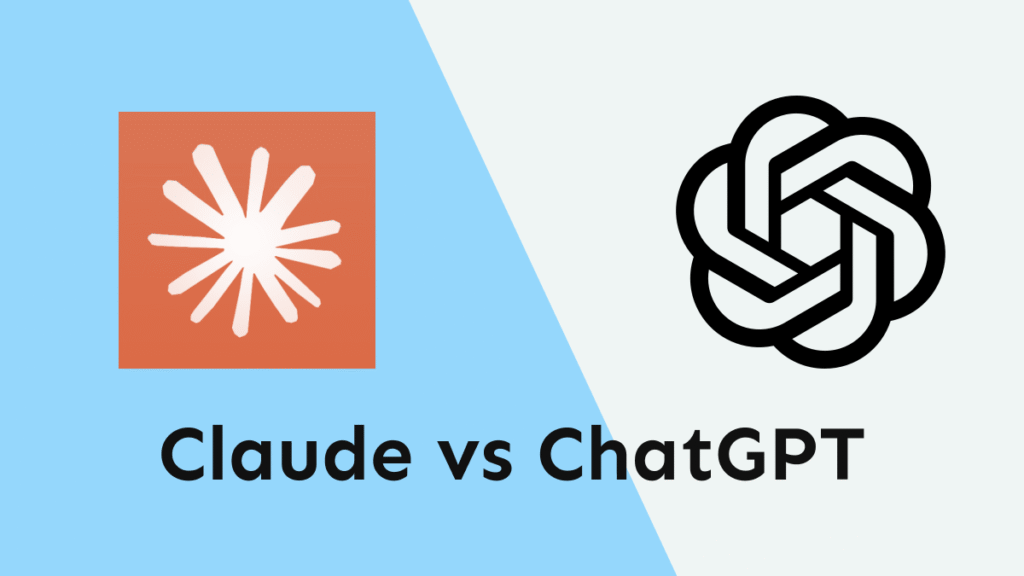
Final Thoughts
So, which AI understands you better in 2025?
It depends on your priorities. If you’re looking for creative flair, coding versatility, and deep integrations, ChatGPT is still the powerhouse. But if you value interpretation, thoughtful feedback, and ethical consistency, Claude AI may be your perfect match.
The truth? We’re lucky to live in a world where you don’t have to pick just one. And as both models continue evolving, the real winner might just be the user.
-

 Sports1 week ago
Sports1 week agoCaitlin Clark Sidelined with Quad Strain, Set to Miss Two Weeks of WNBA Action
-

 Business & Finance1 week ago
Business & Finance1 week agoElon Musk Breaks Ranks with Trump Over ‘Big, Beautiful’ Tax Bill
-

 Sports1 week ago
Sports1 week agoBlue Jays Humiliated in Tampa as John Schneider’s Comments Raise Eyebrows
-

 Personality5 days ago
Personality5 days agoDonald Trump’s net worth reveals the fortune behind the former US President and business mogul
-

 Entertainment6 days ago
Entertainment6 days agoTop 5 Oscar Moments That Shook Hollywood and the World
-

 Entertainment4 days ago
Entertainment4 days agoJonathan Joss Shot Dead at 59 in Texas Tragedy His Husband Says Was Hate-Fueled Crime
-

 Tech1 week ago
Tech1 week agoTop 7 AI Tools Every Corporate Employee Should Use in 2025.
-

 Films4 days ago
Films4 days agoRobert Pattinson’s Top 5 Films That Showcase His Evolution from Teen Idol to Indie Icon












